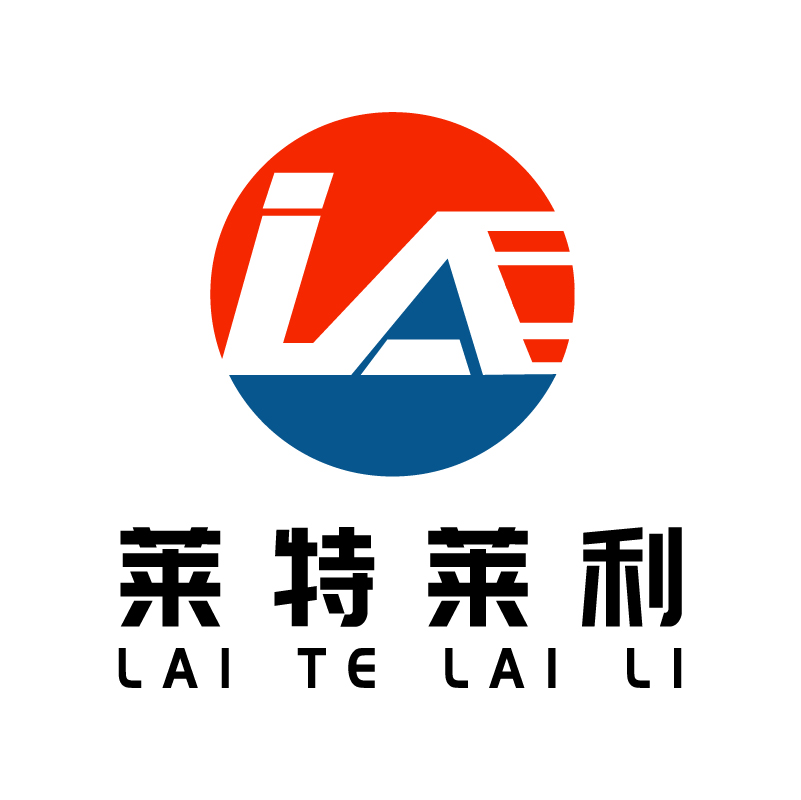Demand analysis of thermal label paper industry
The demand of the thermal label industry is affected by a variety of factors, and the following are some of the main demand analysis:
Market demand continues to grow:
With the rapid development of global e-commerce, logistics and retail, the demand for thermal label paper continues to expand. For example, in the retail industry, it is used for commodity price tags, inventory management, etc. The logistics industry uses it for package identification, tracking and traceability. The manufacturing industry also needs a large number of labels for identification and management in the production process, and thermal label paper is favored for its high efficiency, durability and easy printing.
Specific needs of various industries:
Retail: Widely used in cash registers, POS terminals to print receipts, and commodity labels, etc., to facilitate commodity management, inventory management and checkout.
Logistics and transportation industry: It is common to print transportation labels, express bills, bar code labels, etc., which helps to track and manage goods and improve logistics efficiency.
Medical and health industry: can be used for medical equipment, drug labeling, etc., to ensure the safety and reliability of medical supplies.
Catering: Used to print receipts, orders, meal labels, etc.
Ticketing and entertainment: plays an important role in printing tickets, tickets, movie tickets and more, providing convenient and instant ticketing solutions.
Manufacturing: Used to print production process labels, product labels, bar code labels, etc., which is conducive to the tracking and management of the production process.
Financial industry: ATM machines, vending machines and other equipment often use thermal paper to print transaction vouchers and receipts.
The development trend brings new demands:
Green environmental protection: The increasing awareness of environmental protection has prompted the thermal label industry to pay more attention to environmental protection and sustainable development, and the demand for promoting environmentally friendly materials and processes has increased.
Customized services: In order to meet the diversified needs of the market, providing more customized services and products has become a trend.
Technological innovation: The continuous progress of science and technology has prompted the emergence of new technologies and products in the thermal label industry to improve quality and performance. For example, there may be a need for thermal label paper with better durability, higher clarity, adaptability to special environments, and other properties.
Demand characteristics of different regions:
North America, China and Europe are the main markets for thermal label paper, and the e-commerce, logistics, retail and other industries in these regions are relatively developed, and the demand for thermal label paper is large. In developing countries and regions, with the improvement of economic growth and commercial activities, the demand for thermal label paper is also gradually growing.
Market competition affects demand:
Changes in the competitive landscape of the market may affect the demand for thermal label paper. For example, in order to gain an advantage in the competition, enterprises may put forward higher requirements for the quality, function, cost and other aspects of label paper, or seek more customized products with more characteristics.
In general, the demand of the thermal label industry is growing and changing, the industry needs to constantly adapt to market trends and customer needs, through technological innovation, providing customized services, focusing on environmental protection and other ways to meet the application needs of various industries, and gain an advantage in the fierce market competition. At the same time, factors such as policy changes, technological updates, market demand changes and international trade risks will also bring certain challenges to the industry, and enterprises need to pay attention to and deal with these risks.


